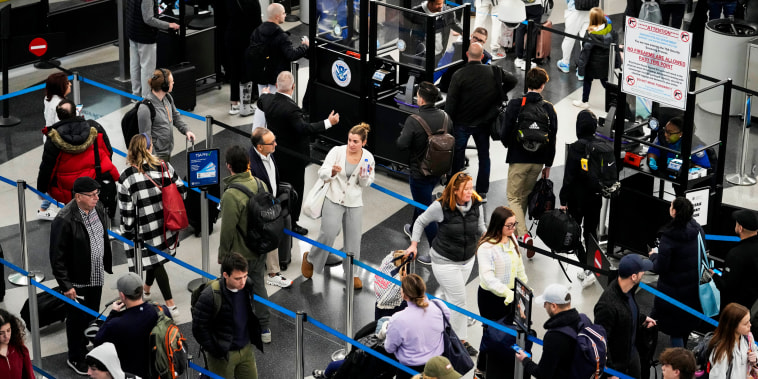U.S. air travelers now have until May 7, 2025, to obtain a driver’s license or other government ID that complies with the federal REAL ID Act.
How do you know if you have a REAL ID? According to the Department of Homeland Security’s website, REAL IDs are indicated by a gold or blue star in the upper-right corner of the ID. Most REAL ID-compliant identification cards are those normally issued by the Department of Motor Vehicles in the state where you live, like a driver’s license or nondriver ID card.
Passed by Congress in 2005 after a 9/11 Commission recommendation, the REAL ID Act established minimum security standards, like incorporating anti-counterfeiting technology and using documentary evidence and record checks to ensure that a person is who they claim to be, for existing government ID cards, like driver’s licenses.
A REAL ID is not a national identification card, and the REAL ID Act does not create a federal database of driver license information, according to the Department of Homeland Security’s frequently asked questions page.
“Each jurisdiction continues to issue its own unique license, maintains its own records, and controls who gets access to those records and under what circumstances,” DHS says. “The purpose of REAL ID is to make our identity documents more consistent and secure.”
Still, after the new deadline, you’ll need a REAL ID-compliant ID card to get through a TSA checkpoint at a U.S. airport, or enter other federal facilities.
Your passport will remain a suitable alternative if you do not have a REAL ID-compliant card by the new deadline, DHS says. And minors will not be required to carry a REAL ID card.
According to The Washington Post, just under half of Americans currently have REAL ID-compliant cards.

